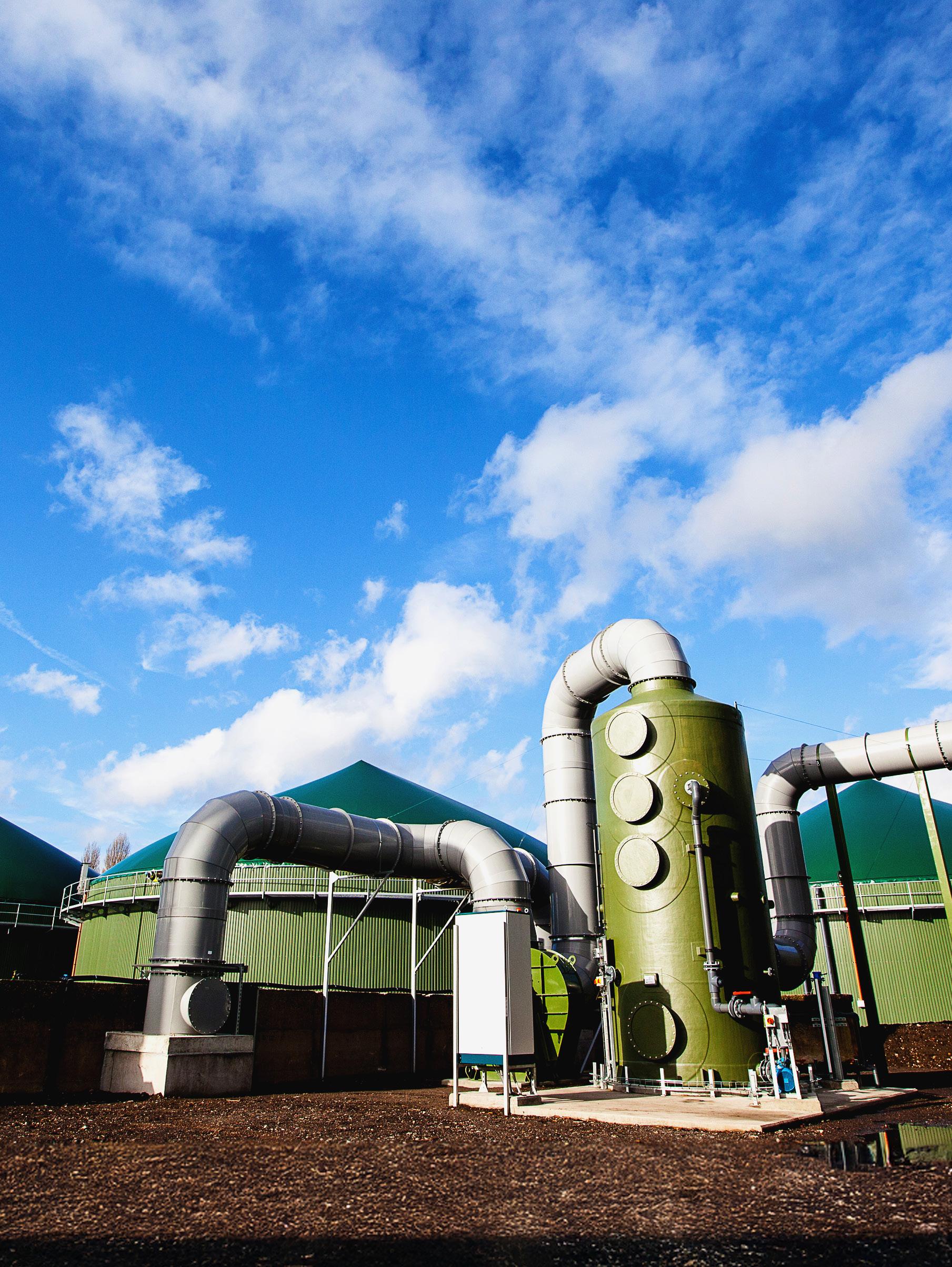
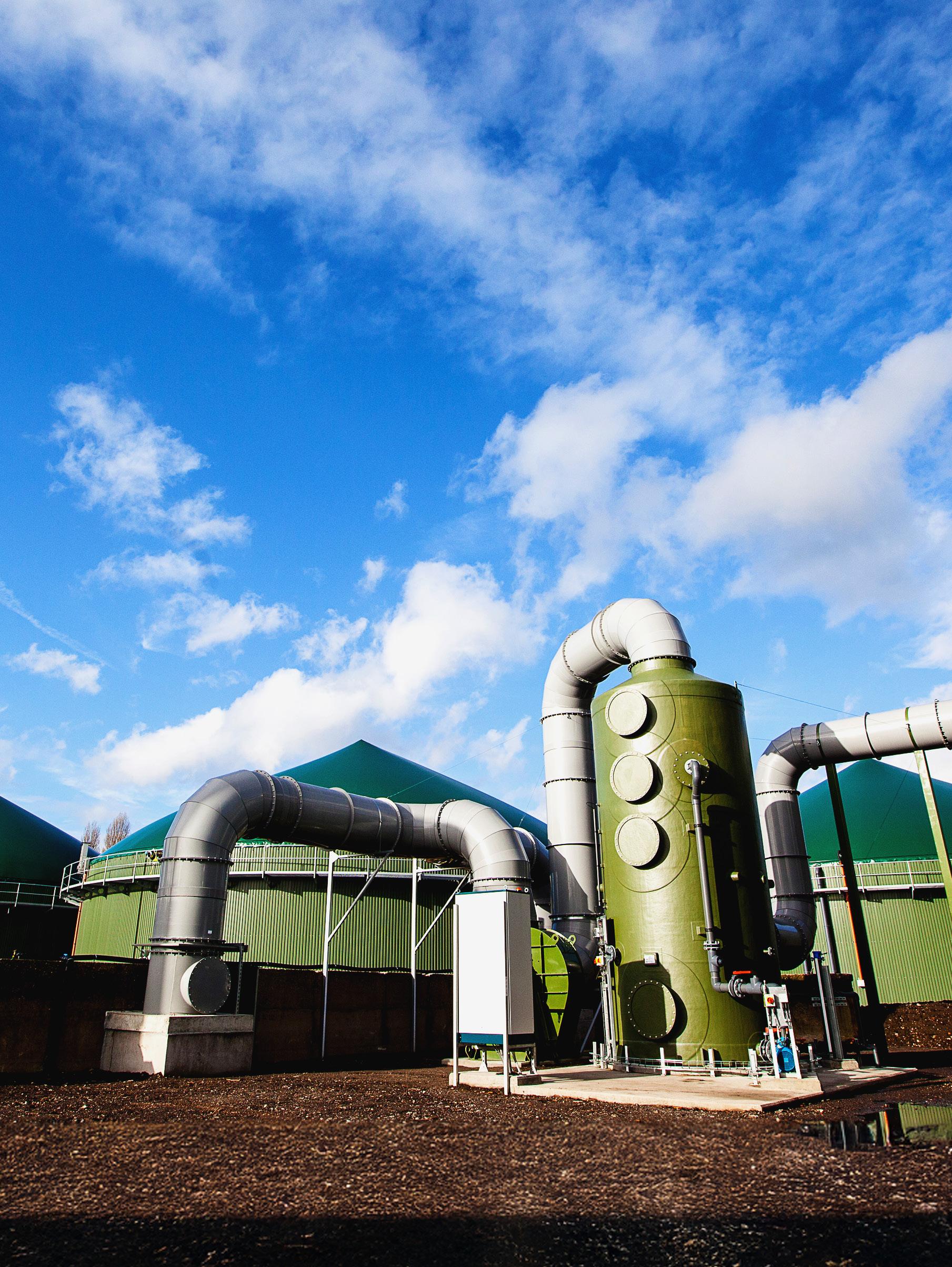

USHERING IN A NEW ERA OF CLEAN ENERGY INDEPENDENCE








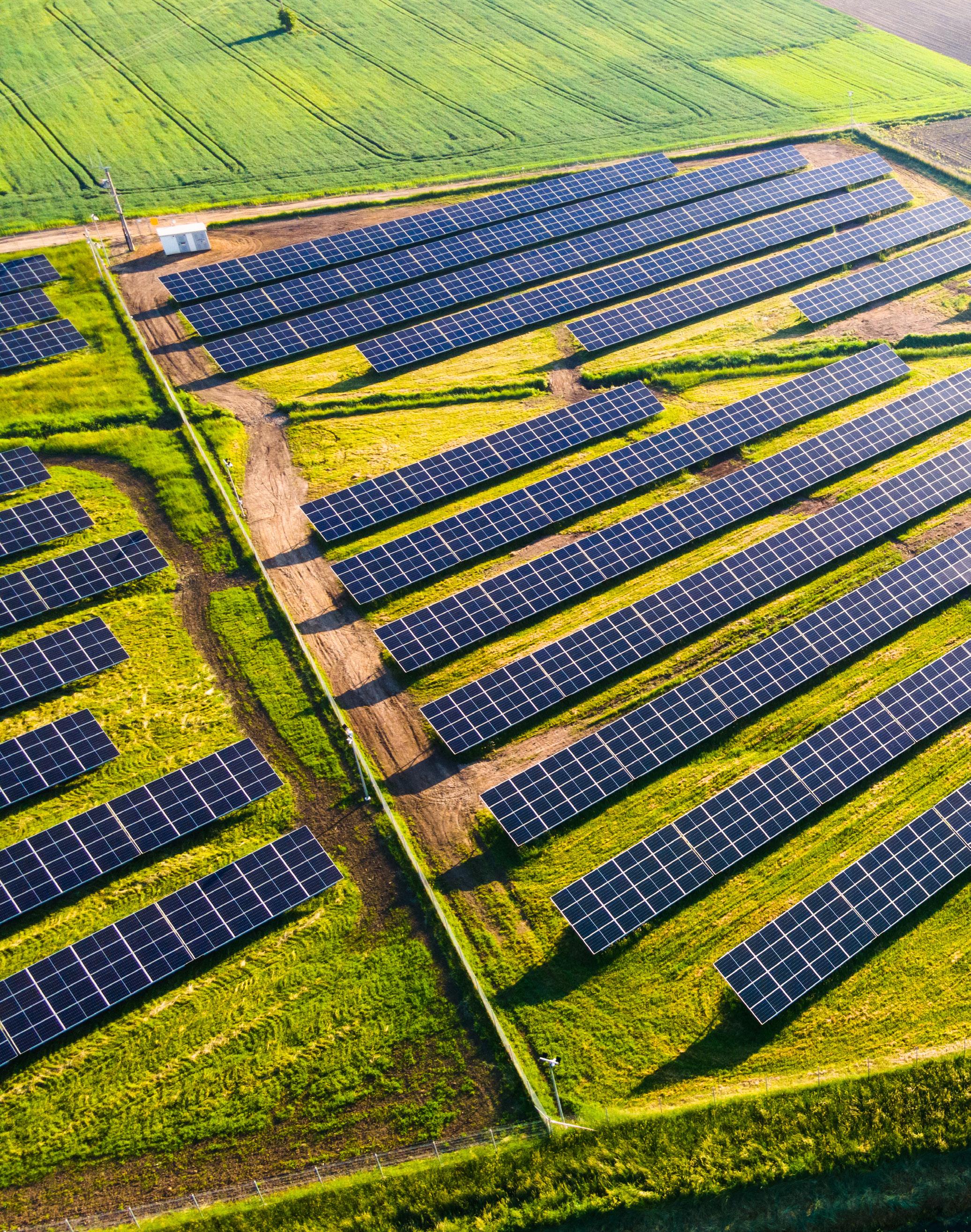













Efficiently reducing its reliance on historically volatile international energy markets, the UK continuously champions the use of renewable resources as it ushers in a new era of clean energy independence
Writer: Lucy Pilgrim | Project Manager: Joseph Perfitt
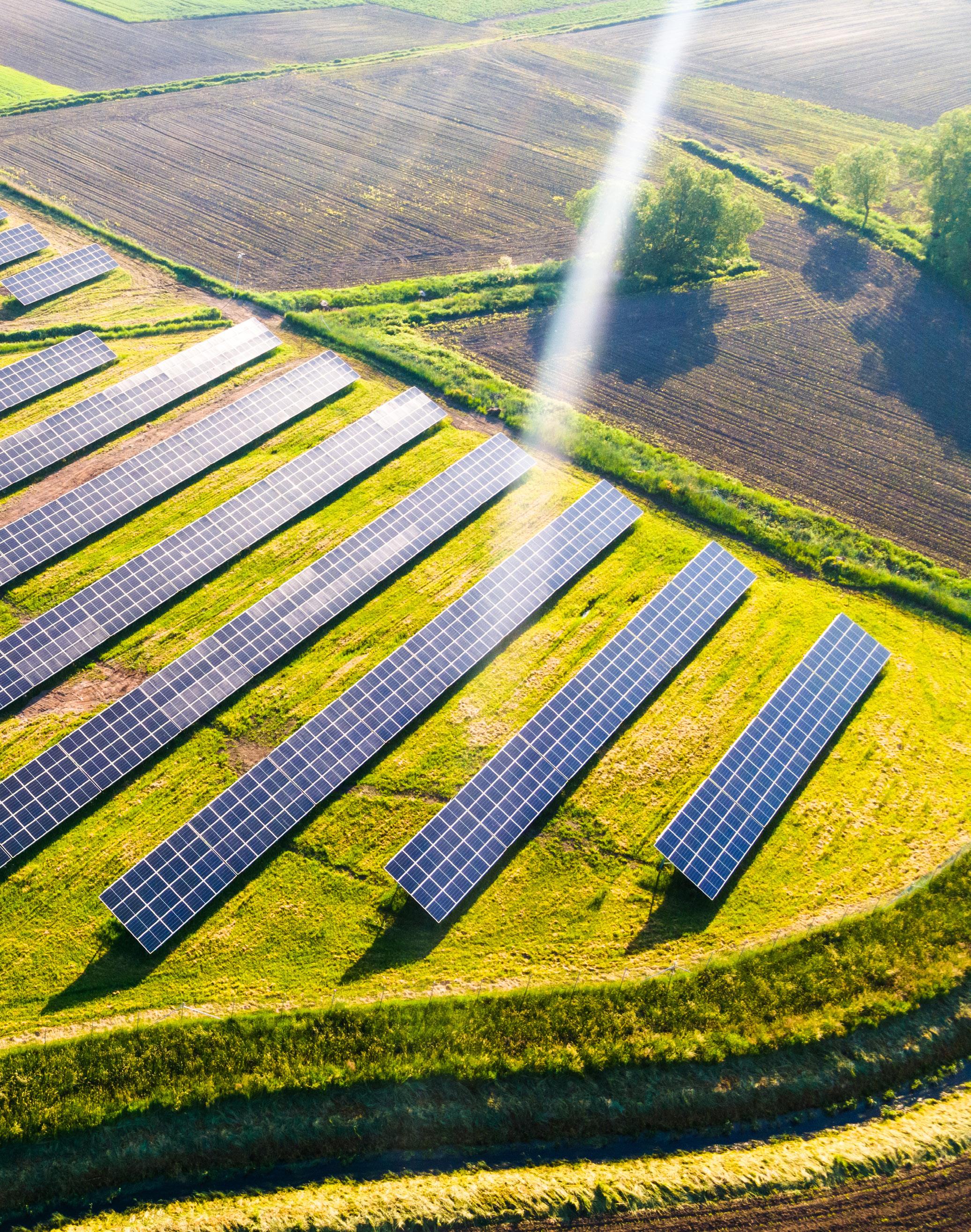
The UK’s renewable energy sector has significantly developed in recent years, most pointedly due to a change in government leadership in July 2024 that caused a shift in environmental policy, driving a step change in the country’s energy transition.
On a mission to position the UK at the forefront of global clean energy generation, the government’s Department for Energy Security and Net Zero (DESNZ) has introduced numerous notable measures that aim to grow the nation’s renewable energy capacity and make it secure by 2030.
Such targets comprise the key milestones of the Clean Power 2030 Action Plan (CP2030) that is purpose-driven to overcome three core obstacles to the energy transition, namely: the need for a secure and affordable energy supply; the creation of essential new energy industries that will be supported by thousands of skilled workers; and the need to reduce greenhouse gas (GHG) emissions and limit the UK’s contributions to climate change.
Diligently working towards such targets, CP2030 plans to create an innovative clean energy system that will rapidly develop the country’s renewable energy capacity through next-generation technologies over the next five years.
In partnership with Ofgem, the government will also introduce a Long Duration Electricity Storage (LDES) cap and floor scheme, which will work to successfully deliver greater electricity interconnection by providing a minimum amount of revenue for LDES investors, facilitating greater funding for the asset whilst also providing support for its operators.
These strategies will create major positive impacts for the UK’s private sector and homeowners, who are continuously transitioning towards renewable energy sources as they become more affordable and readily accessible, which will, in turn, reduce the nationwide dependence on fossil fuels.
On top of this, the progression of renewable energies and drive for clean power will unlock thousands of jobs across the country and boost energy security, paving the way for a new age of UK renewable power.

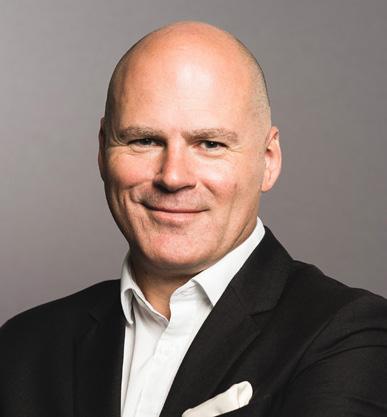
As the UK’s largest renewable energy trade body, the Renewable Energy Association (REA) continues to be a driving force in the country’s clean energy transition. We return to the association and learn more about its role as advocate for a progressively environmental regulatory landscape with CEO, Trevor Hutchings
EME Outlook (EO): Firstly, how would you say the UK renewable energy sector has evolved since we last spoke to the Renewable Energy Association (REA) in 2023?
Trevor Hutchings, CEO (TH): The renewable energy sector continues to grow apace. Around 50 percent of our electricity now comes from these technologies whose cost continues to fall, with renewable energy sources now being the cheapest form of new power generation.
The overall economics of moving to clean energy are compelling, with the drive to net zero being the financial opportunity of the 21st century. Indeed, the net zero economy has grown 10.1 percent since 2023, outstripping growth in other sectors.
We have a new UK government that has made net zero and clean power a central mission, which has further boosted confidence in the sector and is starting to unblock some of the barriers to greater deployment such as planning reform and grid connection.
Public support for renewable energy also remains high, with 82 percent of people supporting renewables according to the government’s latest public attitudes tracker.
At the same time, however, we are experiencing political headwinds. Opposition parties have broken the political consensus on net zero that has existed since the Climate Change Act of 2008.
This is worrying, as much of the debate is ideological rather than evidence-based, so it is essential that we continue to demonstrate the benefits of renewables and maintain momentum.
EO: How has the REA progressed in its role as an advocate and key driver of the transition from a fossil fuel driven society to a renewable one?
TH: The REA continues to advocate for the clean energy transition – ramping up renewable technologies and weaning ourselves off fossil fuels in an orderly manner.
Whilst we will still use oil and gas for decades to come, we must significantly reduce our dependence, and there are good reasons to do so.
For example, the recent energy crisis was rooted in the UK’s dependence on international gas markets which were upended by the conflict in Ukraine. In contrast, homegrown renewable energy sources would protect UK bill payers from such disruption in an increasingly unstable world.
A renewable energy system is characterised by distributed energy, local bioenergy, solar and wind farms, and a mixture of other generating assets. This diversity reduces the risk of a single point of failure, thereby increasing national security.
Now, more than ever, the REA needs to be a strong voice for the sector to help the government not only get the job done but be prepared to hold their feet to the fire if they fall short.
We are the largest renewable energy trade body in the UK with around 500 member organisations operating across the renewables value chain, having been a prominent voice in the sector for 25 years. But we must not rest on our laurels in the face of a rapidly changing landscape and the shifting needs and expectations of our members.


































EME Outlook (EME): Could you introduce Infinis, its services, and its partnerships, and provide some company background?
James Milne, CCO, Infinis (JM): We are one of the UK’s longest-established Independent Power Producers (IPPs), with a reputation built on engineering excellence, reliability and innovation. Focused initially on methane capture and electricity generation from landfill gas, we have evolved into a fully diversified renewables business, developing, constructing, operating and optimising a portfolio of low-carbon and flexible generation and energy storage assets.
Today, we produce renewable electricity from captured methane and solar, with further dispatched power from flexible generation and battery storage. Our services range from energy generation and private wire supply to bespoke Power Purchase Agreements (PPAs) that offer our partners long-term price certainty and meaningful emissions reductions.
We are backed by 3i Infrastructure, which supports our long-term growth and ambition to help deliver the UK’s energy transition. We work closely with landowners, off-takers, communities and corporates to provide flexible, future-focused solutions that align with national and corporate net zero goals.
EME: How do you currently work with corporates, and what sets you apart?
JM: We provide energy solutions
James Milne, CCO of Infinis, a leading power producer in the UK, discusses progress through a tailored approach, innovative solutions, and a robust project pipeline
for corporates looking to decarbonise their operations and obtain long-term energy price security. Whether through long-term PPAs, private wire connections or developing local renewable generation sources, we help businesses access renewable power directly, with complete transparency and delivery assurance.
What sets Infinis apart is our mix of operational and development projects and renewable technologies across the UK, our ability to tailor solutions to corporate requirements. Infinis’ proven ability to execute stands out in a power purchase agreement (PPA) market that has a high failure rate due to planning or financing issues. Our mature project pipeline, strong operational platform, financial backing, in-house technical capabilities and embedded engineering, procurement, and construction (EPC) relationships ensure we deliver at pace and scale. Our latest construction of two solar photovoltaic (PV) projects to supply long-term renewable power to Arla Foods is recent proof of this in action.
EME: What’s next for the UK renewables industry?
JM: The sector is entering a pivotal phase. Clean Power 2030 offers clear direction, but unlocking renewables’ full potential requires key reforms to grid access, planning and ongoing policy support.
We back the National Energy System Operator’s (NESO) efforts to prioritise viable projects in areas of greatest
need, ensuring that the most shovel-ready and strategically located projects get connected first. Through the Planning and Infrastructure Bill and updates to the National Planning Policy Framework, planning reform is equally important to accelerate development timelines. Government policy must continue to support methane capture and electricity generation from landfill gas. As Renewables Obligation support falls away in March 2027, it is essential to recognise the ongoing value of these operations for both the control of UK emissions and as a source of low-carbon energy. Power generation from methane capture provides low-cost, baseload renewable electricity that supports grid stability and complements solar and wind.
EME: How is the company innovating and contributing to the UK’s net zero goals?
JM: Infinis plays a unique role in the transition by combining innovation with real-world delivery. Capturing methane (27 times more damaging than CO2) and converting it into renewable power reduces emissions and delivers reliable generation when it is needed and where it is needed on the distribution
network close to demand.
We are expanding our solar and battery portfolio, including on restored landfills and brownfield sites, to use land sustainably and support local supply.
Our long-term PPAs provide fixed-price, transparent access to renewable power for corporates. This improves supply resilience, supports decarbonisation strategies and reduces grid dependency, especially when delivered through private wire infrastructure.
By integrating methane capture, solar and battery storage, we offer transparent, locationspecific sources of renewable electricity and a credible pathway to 24/7 renewable power – shaped to demand, built for delivery and ready to scale –and fulfil sustainability goals.
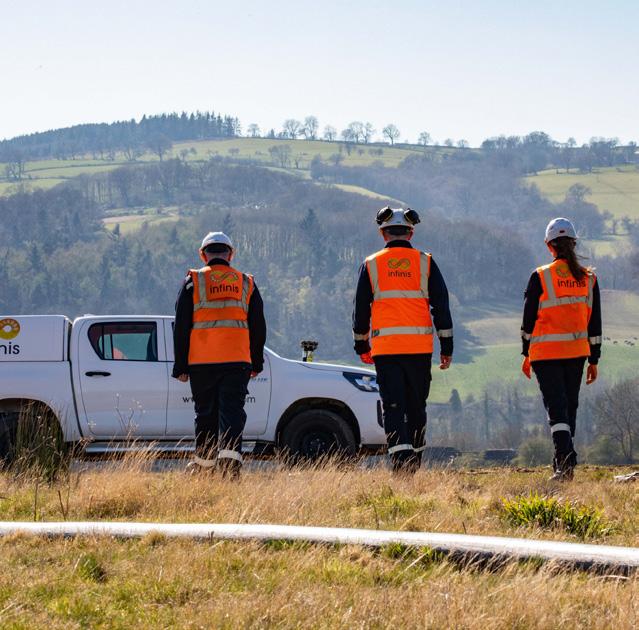
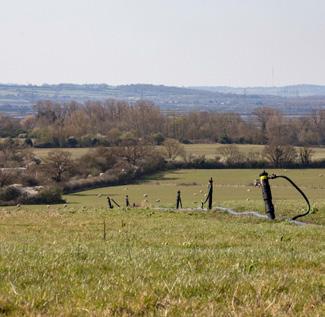

Corporate PPAs with Infinis provide flexibility, long-term pricing security, and a clear path towards net zero.

Businesses across the UK are taking action to decarbonise and secure long-term energy resilience. At Infinis, we help them achieve this through corporate PPAs, offering direct access to 24/7 renewable energy from our growing portfolio of solar, captured methane and battery storage projects.
Our developments, often on brownfield sites like restored landfills, turn underutilised land into efficient, low-carbon energy hubs. This approach also allows us to deliver locally sourced, grid-independent power, relieving pressure on the wider network.
Our latest solar developments in Boston (Lincolnshire) and Offham (Kent) are now generating clean power, helping companies like Arla foods meet their sustainability targets while reducing exposure to unpredictable energy markets.

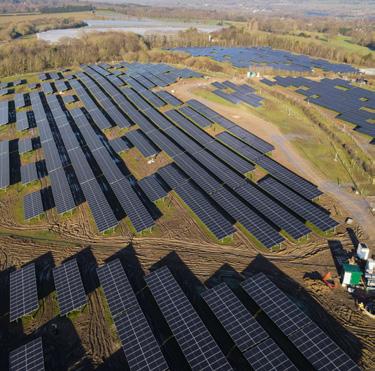
“At Arla, we’re dedicated to reducing our carbon footprint across our operations. Partnering with Infinis through this solar PPA is a key step in our journey towards more sustainable energy sourcing,” states Fran Ball, VP of Production at Arla.
With a diverse range of project sizes and locations across the UK, we can offer tailored solutions, including private wire infrastructure, to supply power directly to your business.



























Get in touch today to explore how a PPA with Infinis can work for your business.




Email: Commercial@INFINIS.COM
Website: infinis.com
LinkedIn: infinis

Accordingly, we are strengthening our approach through our new strategic plan focused on impact and growth, ensuring we have the competencies in place to shift the dial on this agenda.
EO: Can you update us on the progress of solar and wind power deployment across the UK over the last year?
TH: The deployment of these energies continues to grow significantly. On 6th April 2025, Great Britain set a record for solar power generation, reaching 13.2 gigawatts (GW), whilst the record for wind was set on 18th December 2024 at 22.5GW.
Annual generation from solar has increased from around 2,000-gigawatt hours (GWh) in 2013 to nearly 14,000 GWh in 2023. For wind, it increased from 29,000 GWh to over 80,000 GWh over the same period.
This is impressive growth, but we need to achieve a step change in deployment levels over the next few years if we are to decarbonise our electricity supply and realise the full benefits of renewable energy.
EO: In your opinion, how will the CP2030 Action Plan address the challenges of the renewable energy sector?
TH: Ensuring our electricity comes from clean sources and is electrifying more of the economy is essential for achieving net zero. So, CP2030 is very welcome as it helps to focus government and industry action.
It is also important for instilling market confidence, lowering the cost of capital, and attracting inward investment. Whilst extremely challenging, it is a feasible target and even a near miss would represent a huge achievement.
I have confidence that over 50 percent of our electricity today is from clean sources. The lights haven’t gone out, and we haven’t bankrupted the country, in fact, it is quite the opposite – despite what the critics say.
Nevertheless, the government will need to utilise all levers of state in order to get the job done. Many of these levers sit outside DESNZ and therefore CP2030 needs to be a driving force across all government departments and beyond.
RENEWABLE ENERGY ASSOCIATION (REA) INDUSTRY SPOTLIGHT
“THE REA IS UNIQUELY POSITIONED AS THE ONLY RENEWABLE ENERGY TRADE BODY OPERATING ACROSS THE FULL BREADTH OF THE VALUE CHAIN, COVERING ALL THE MAJOR CLEAN TECHNOLOGIES ACROSS POWER, HEAT, TRANSPORT, AND CIRCULAR BIORESOURCES”
– TREVOR HUTCHINGS, CEO, RENEWABLE ENERGY ASSOCIATION (REA)

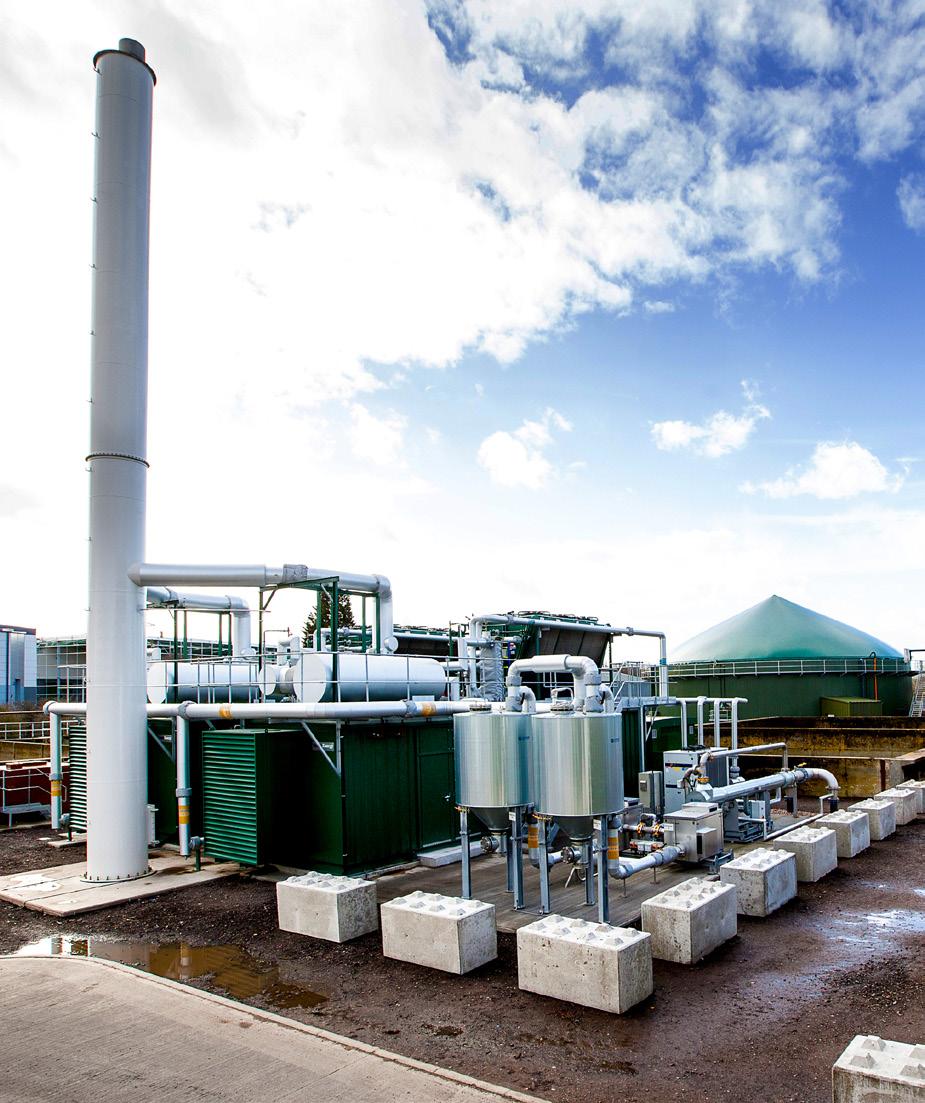
We know from experience that this is difficult to achieve, so the Prime Minister must be prepared to ‘bang heads together’ if this does not happen.
EO: How is the REA helping to implement CP2030’s strategies towards the rapid deployment of clean energy?
TH: The REA works with its members to advocate for a progressive policy and regulatory landscape to support the deployment of clean energy.
Having the right policies in place, enabling effective regulation, and unblocking barriers are key to scaling renewable energy, especially in some essential but less mature technology areas like LDES. In this case, the REA has long advocated for its route to market, recognising LDES’s high upfront investment costs and long lead times.


In 2008, a small project team at Severn Trent Water began looking into anaerobic digestion (AD) as a technology for renewable energy production using a crop source as feedstock. Back then, the idea of powering our homes and infrastructure with renewable energy seemed alien. Fossil fuels made up 76 percent of the UK’s electricity mix. Renewables contributed just 6 percent. The technology for developing large-scale renewable systems and storage was in its infancy. But Severn Trent, with its extensive experience in sludge AD, recognised the potential in other applications. Hence, Green Power – a renewable energy division within the group – was formed in 2009.
From the get-go, Green Power focused on building a sustainable business model that could support its parent company’s intensive energy needs whilst fulfilling its own ambitions. It was this early commitment to investing strategically and making bold and informed decisions that led to its extraordinary evolution over the next 15 years.
Crafting excellence
The early years were marked by many valuable lessons learned. Stoke Bardolph was
the company’s first AD facility which over the years has become one of the largest crop AD sites in the UK.
John Jackson, Farms Manager and Crop AD Site Manager at Stoke Bardolph, said: “It was very important that we got our first large-scale AD site right first time. That’s why we went to mainland Europe to search for a low-risk technology that would deliver what it said on the tin. After some trials and errors, we learnt very quickly the most optimised way to design, build and run a crop AD plant.”
Alongside this growth, Green Power took on the management of Severn Trent’s hydro, wind and solar assets, spanning from North Yorkshire to mid-Wales. A small team of experts were beginning to form the core of the company.
Breaking new ground
Green Power began to work with Agrivert, a specialist in renewable energy, to build AD plants that could turn food waste into renewable energy. Its decision to acquire Agrivert in 2018 allowed the Oxfordshire-based company to tap into an emerging organic waste recycling market and expand their portfolio.
Energy generation leapt from 17GWh in 2009 to 250GWh per year by 2019.
The next expansion arrived in 2023 when Green Power acquired Andigestion, an AD specialist, to increase their food waste recycling offering – just two years before new recycling legislations are set to kick in. Taking strategic steps like these driven by a deep understanding of customer needs, market dynamics and operational expertise continued to pave a strong foundation for its long-term growth.
2024 marked a pivotal moment in its evolution. The decision to build four large-scale solar farms transformed the company into an emerging force in renewables. What started as a quest for energy self-sufficiency has evolved into a diversified business, rich in the expertise and experience essential for addressing the country’s energy needs and tackling the impacts of climate change.
In 2025, it joins forces with the likes of Centrica, Cadent and Ecotricity to form the Green Gas Taskforce, working together to boost the profile of biomethane as a key energy vector among policymakers in a bid to decarbonise the UK’s gas grid.
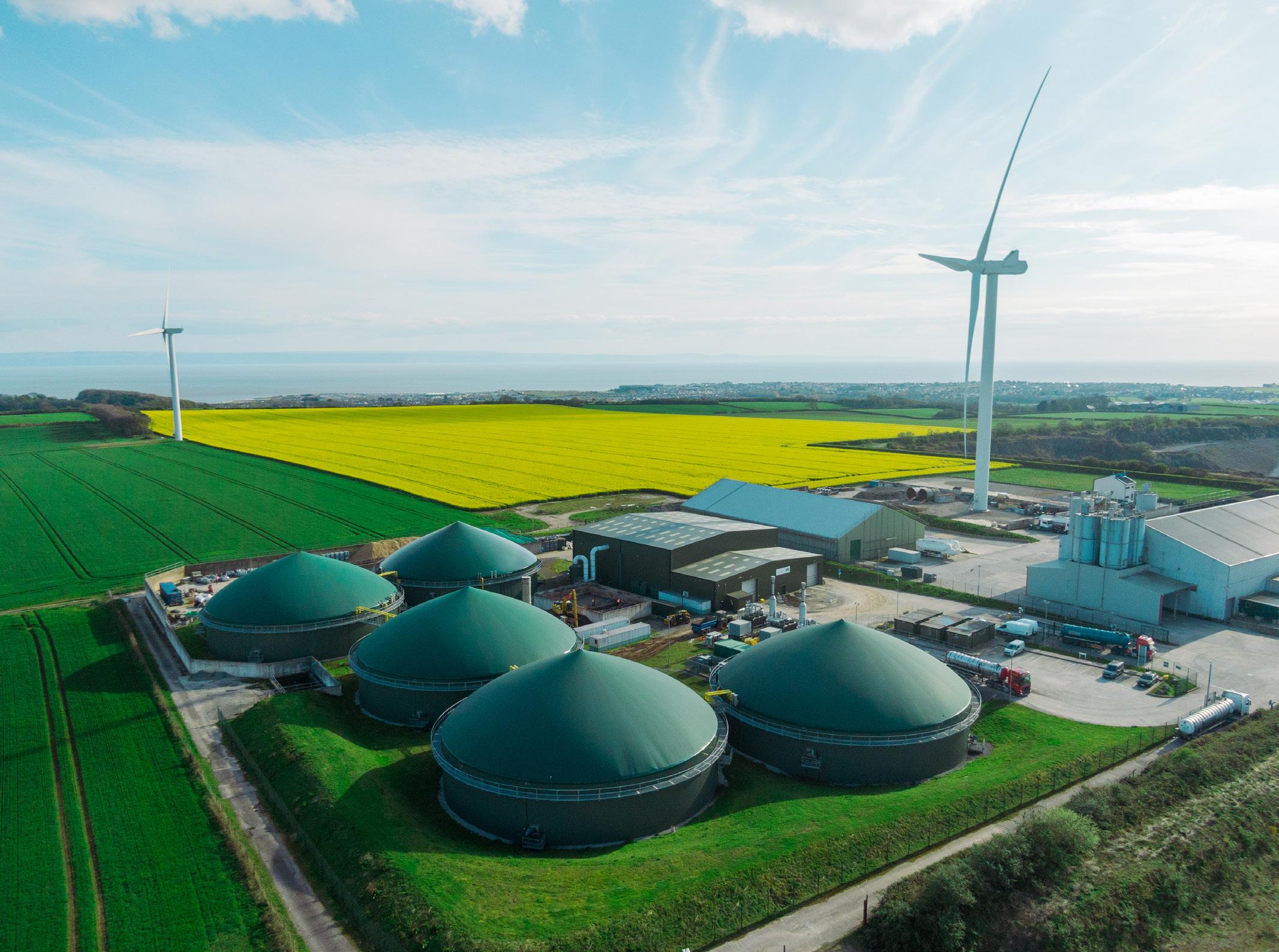



• Founded in 2009
• 14 consecutive years of energy generation growth
• 335GWh of clean energy produced per year
• 160+ employees based around the UK
• 10 food waste AD plants from Derbyshire to Cornwall
• Serving more than 65 local authorities and 100 food and drink producers
• 36 solar sites, 6 wind turbines and 5 hydro turbines across the Midlands and Wales
• 4 large-scale solar farms in the works
Today, Green Power generates 335GWh of renewable energy every year. With a new leader at the helm, it’s poised for more exciting growth. So what’s next? Jonathon Wroe, Managing Director, reveals.

EME Outlook (EO): Green Power generates clean energy from food waste, crop, wind, solar and hydro. Why do you think renewable energy is important to our country?
Jonathon Wroe (JW): Being among a handful of companies that operate across the spectrum of renewable sources that currently provide most of the UK’s clean energy, we’re involved with a range of conversations and organisations that want to see the country’s successful transition to Net Zero but also totally cognisant of the financial, logistical and legislative challenges faced by both the food waste AD market and renewables sector. It’s clear the demand for clean energy will only increase. Population growth, electrification of road transport,
more mainstream use of artificial intelligence, volatility in international relations... it has never been more important to grow our sustainable energy sources and provide tangible support for those producing clean energy. We’re committed to the ongoing decarbonisation of energy sources whilst supporting the UK’s transition to Net Zero.
EO: What do you foresee to be Green Power’s overall renewable energy mix in the next 10-15 years?
JW: With a strong track record of delivering sustainable growth and innovation, we’re always looking to expand our portfolio. We’ve recently launched a solar expansion project that will see the energisation of four large-scale solar farms, strengthening our foothold in the renewable energy space. As the economic and regulatory landscape continues to evolve in the next decade or so, we’re ready to explore both innovation “within the site boundary” and new build opportunities to maintain our market-leading position for organic waste recycling and clean energy generation.
Additionally, as one of the founding members of the Green Gas Taskforce, we want to ensure that AD continues to be promoted as an effective and essential part of the UK’s future energy mix. Having a joint voice around industry-wide headwinds will help mitigate long-term risks around energy price and incentive changes.
Collectively championing AD and biomethane as a clean energy source that supports the circular economy is a key priority for us and the rest of the industry.
EO: Green Power clearly has ambitious plans to grow its energy generation. What will enable you and your teams to achieve success?
JW: To do that, we need to ensure that our offerings and services change with expectations, and this will mean keeping up with technological advances and swiftly adapting to shifting market trends and customer expectations.
This includes upgrading existing assets to biomethane production, converting process waste products to useful materials, and looking for new ways to best utilise the energy we produce. We’re always interested in partnering with forward-looking and innovative companies with expertise in these areas.
EO: What kind of background and expertise do you look for to support Green Power’s future growth?
JW: Technical and industry expertise is always important in any company’s make-up, but cultural and organisational fit have also become increasingly relevant. Our colleagues come from all sorts of backgrounds, not just traditional AD and renewable settings, which I feel makes us a more innovative and resourceful team.
As a “people first” organisation, we actively encourage learning and development for both technical skills and broader personal development areas. We’re also proud to provide apprenticeship opportunities for young people looking to make a difference, and we’re constantly on the lookout for talented and passionate individuals to join our fantastic team.
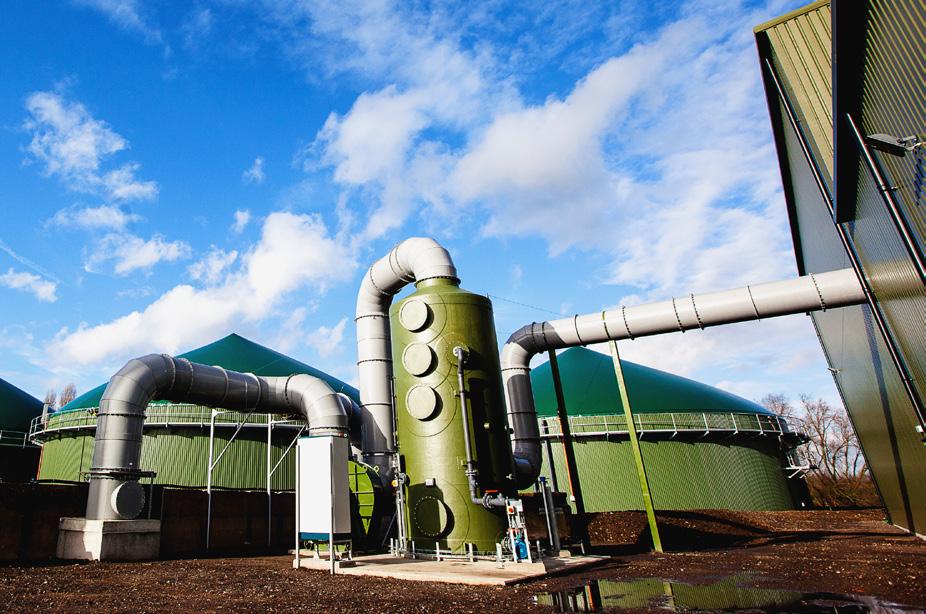
Notably, the REA is working with its members and Ofgem on the detailed design of the government’s recently announced cap and floor scheme to encourage investment. Therefore, LDES is just one example of the value we bring to our members and other stakeholders.
The REA is uniquely positioned as the only renewable energy trade body operating across the full breadth of the value chain, covering all the major clean technologies across power, heat, transport, and circular bioresources. Through our policy and technology forums, we forge policy positions, undertake research, and run campaigns to effect change.
Through our subsidiary, Renewable Energy Assurance Limited (REAL), we operate several assurance schemes, enabling the market to operate more effectively. These include the Green Gas Certification Scheme (GGCS), supporting the market in green gas, and the Renewable Energy Consumer Code (RECC), supporting the roll out of heat pumps and solar panels.
EO: Going forwards, how is the REA continuing to identify green jobs and help people harness the advantages of renewable energy?
TH: In 2024 there were 273,000 full-time jobs across the UK in the net zero economy. This figure rose to 951,000 when factoring in the wider supply chain, generating £83.1 billion in economic activity. Net zero jobs are 40 percent more productive than the national average, with wages 15 percent higher than the UK norm.
Many of these vacancies are evenly distributed across the country and often require re-skilling and upskilling of established professions like plumbers, electricians, and builders, rather than entirely new disciplines.
Net zero is also placing higher demand on established trades like welders as well as professional services including legal, finance, and insurance. The REA will continue to champion the need for additional skills provision as a critical enabler for clean energy.
One of the biggest advantages of renewable electricity is that it is cheaper than fossil fuels. Key technologies such as solar panels, wind turbines, and batteries have seen their costs plummet - solar panels are over 90 percent cheaper than they were just a couple of decades ago, harnessing a free resource – the sun.
However, lower renewable electricity costs – the ‘net zero dividend’ – are not fully reflected in the price homeowners and businesses pay for their electricity.
This is because gas still sets the price for over 90 percent of renewable electricity due to the way the energy market is structured, leading gas to dominate our system.
Gas prices are set by international markets and, as we know from the energy crisis, have fluctuated dramatically following the conflict in Ukraine.
Energy pricing is complicated, but the quickest way to yield the net zero dividend is to increase the penetration of renewables on the system, which is exactly the focus of the REA.
EO: Looking ahead, how do you see the UK renewable energy sector developing over the next five years?
TH: Through CP2030, we are going to see significant growth in wind, solar, and storage, as well as improvements in the electricity grid. In parallel, we will see greater electrification of the economy, moving from petrol and diesel cars to electric vehicles (EVs), for example, and from gas boilers to heat pumps.
Regarding parts of the economy which are difficult to electrify – namely aviation, shipping, heavy goods, and some industrial processes – we will see an expansion of other forms of renewable energy like hydrogen and green gases such as biomethane.
Biomass for electricity generation and the provision of high-grade heating will also make up the energy mix, as will the UK’s interconnectors with other countries.
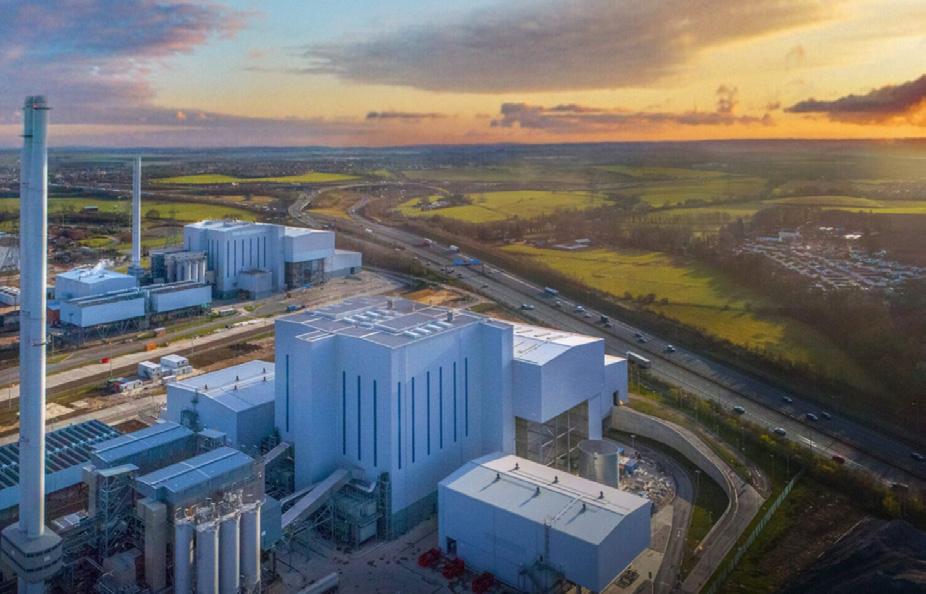


Willen Biogas is proud of its achievements, offering a complete recycling opportunity for a broad range of organic waste streams

As Farmers with diverse business interests, we have always wanted to embrace new technologies with respect to the environment and rural issues.
Fertiliser and fuel represent a high cost for farming businesses, and so our aim is to create green energy solutions for businesses and domestic customers by reducing the cost of cultivations, and minimising the use of manmade fertilisers.
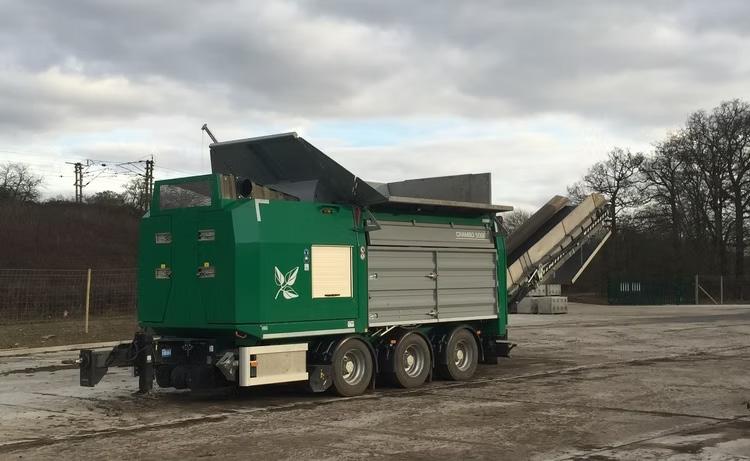
We are renowned specialists in the area of green waste handling. Our green waste facility has been operational since 2012 and is able to receive a capacity of 25,000 tonnes per annum.
Ensuring supply and demand are always balanced requires active management across the electricity gridsomething which artificial intelligence (AI) will increasingly assist with.
We will also see greater innovation in flexible technologies like energy storage and, on the demand side, greater involvement from consumers and businesses through tariff usage alongside other demand measures rewarded through cheaper electricity.
This is the decentralised energy system of the future, which is more resilient, insulated from international gas markets, and with fewer single points of failure.
EO: With this in mind, what are the REA’s future priorities in order to continue advocating for the interests of its members and communicating the needs of the renewable energy sector to the government?
TH: We will continue to represent our members’ interests as we pursue our vision of a net zero future built on renewable energy and clean technologies. Our priority is to drive our corporate strategy for impact and growth, which will, in turn, ensure we remain at the top table of government decision-making.
The REA will become more visible in its work, ensuring it is member-focused and delivering value. We will also
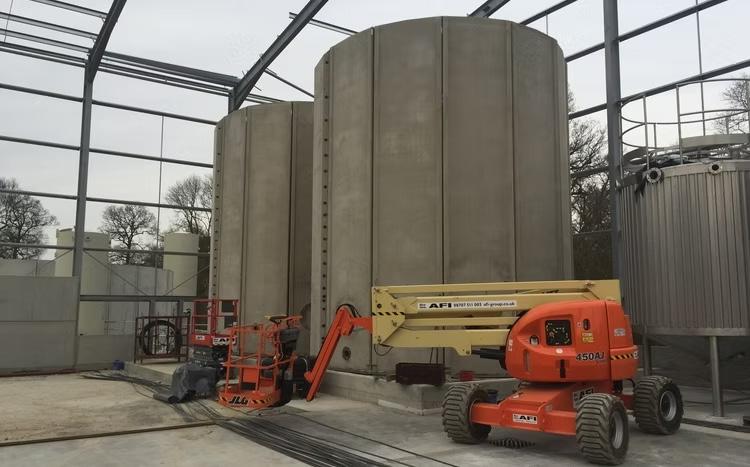
With our new 27,000 TPA waste to energy plant, our AD Plant can now generate renewable electricity for the grid, and recycle nutrients from organic waste matter to make agricultural fertiliser.
partner with other organisations to leverage our impact and guarantee we attract, retain, and develop the best people.
On policy and advocacy, we will double down on enabling renewables deployment at scale, building on the progress we have already made towards a clean energy system.
As we need a diverse range of technologies in the energy mix, we will continue to champion and showcase emerging technology areas which perhaps hitherto have been undervalued, such as biomethane.
This is an important time for the sector, and I am determined that, under my leadership, the REA will continue to play an influential role in the journey to net zero.


